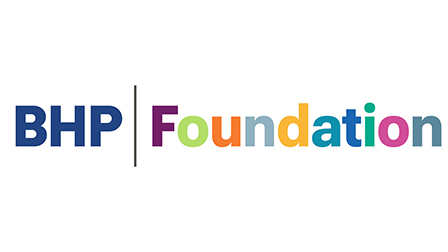Floating Treatment Wetlands in Manitoba's Rural Municipality of Springfield
A pilot project in the Rural Municipality of Springfield, Manitoba where floating treatment wetlands are installed at the retention pond outside the municipal office in Oakbank.
Quick Project Facts:
- Ten floating treatment wetlands are installed at the retention pond outside the municipal office in the Rural Municipality of Springfield, Manitoba.
- Floating treatment wetlands, or FTWs, are a cost-effective way to improve water quality and work with nature to remove contaminants.
- During this project, IISD will be conducting research monitoring the water quality and the success of the FTWs.
Deploying Floating Treatment Wetlands to Improve Water Quality
East of Winnipeg in the Rural Municipality (RM) of Springfield, Manitoba—IISD is partnering with the RM of Springfield to install floating treatment wetlands (FTWs), working with nature to improve water quality in the retention pond outside the municipal office in Oakbank. Installed during the first week of July 2024, residents will see ten floating islands spread across the pond when they drive past the municipal pond, visit the municipal office, or enjoy the playground, spray park, and skate park.
Retention or stormwater ponds, like the one in this pilot project, are built to collect and store runoff from snowmelt and rainfall. However, many are deep with steep banks and are not designed to incorporate native, emergent vegetation—like the cattails and sedges you’ll see on the FTWs—leading to challenges with poor water quality, algal blooms, and unpleasant odors.
This photo from June 2024, shows the algal blooms on the pond before the floating treatment wetlands were installed.
While this is a new project in the RM of Springfield, IISD has been deploying, researching, and using floating treatment wetlands for over a decade. We’ve seen success using them across Canada, from the IISD Experimental Lakes Area in northwestern Ontario to a duck pond in Assiniboine Park in Winnipeg to a wastewater lagoon in Dunnottar, Manitoba.
FTWs have been successfully deployed around the world for the treatment of surface water and stormwater runoff, municipal wastewater effluent, landfill leachate, and mine site tailings ponds—and we’ve written a report showcasing its success in freshwater lakes.
What are Floating Treatment Wetlands and what are the benefits?
FTWs are small artificial islands that let wetland plants (like cattail, sedge and bulrush) grow in water that is too deep. While we see plants growing on the surface of the FTW and absorbing contaminants, most of the work happens underwater, where the plant roots and islands are home to a unique biofilm with algae, bacteria, and microbes. The biofilm is the workhorse of the FTW, where most of the nutrient absorption and breakdown happens.
Natural infrastructure uses natural processes to provide the infrastructure services that we all rely on – FTWs are a great example of natural infrastructure, keeping our fresh water clean and healthy. Learn more about the power of floating treatment wetlands.
How do you build a Floating Treatment Wetland?
The Science: Researching Water Quality and Community Resilience with FTWs
During this project, IISD will collect water samples, monitor water levels and flow, and assess community response. In collaboration with our colleagues at the IISD Experimental Lakes Area research facility, we will measure carbon content of the water using new sensors. The project will assess how FTWs influence water quality, reduce carbon, and improve community resilience.
If you live in the RM of Springfield, you might also be asked to take a survey or be interviewed to help our researchers identify further social and economic benefits of the project. Added benefits from natural infrastructure projects such as FTWs included improved aesthetics, better biodiversity and wildlife viewing, and they can even benefit property values.
Where Can I Find This Project?
This FTW project is located on Treaty 1 Territory. Manitoba is located on the Treaty Territories and ancestral lands of the Anishinaabeg, Anishininewuk, Dakota Oyate, Denesuline and Nehethowuk Nations as well as the homeland of the Métis Nation.
You’ll be able to see the FTWs in the retention pond at the Rural Municipality of Springfield office in Oakbank, Manitoba.




